Before every outing with the camera, photographers are inevitably faced with the decision of which lenses, accessories, tripods, filters and much more to take with them in their bags. In most cases, however, it is more a question of what fits in the bag. If you have a lot of equipment, you often have to leave something at home, make a compromise and get annoyed afterwards when a lens is missing for the perfect photo. Olympus offers a way out of this situation. Mobility as a core element, as the manufacturer describes it on its website. Olympus attaches importance to a high degree of compactness, paired with functionality and excellent workmanship. "A real system should be compact and make an impact," says Yoshihisa Maitani, long-time camera designer at Olympus. This gives photographers the opportunity to actually have the right equipment at hand in any situation - without having to sacrifice image quality. And in addition to a large number of camera bodies, Olympus offers its customers an immensely large pool of lenses in which every photographer can find what he or she is looking for.
With the large number of lenses available, every photographer should be clear about the purpose for which the lens is needed. Roughly speaking, a distinction can be made between the following categories:
Wide-angle and fisheye lenses: These lenses are mainly used in landscape and architectural photography and are particularly suitable for shooting situations in which as much of the subject as possible should be captured in the picture.
Zoom lenses: Here, some of the most common shooting situations are covered by one lens. The most common differences are in the focal length, which is why we speak of standard zoom in the small focal length range, travel zoom above that and telephoto zoom lenses in sports and wildlife photography.
Fixed focal lengths: Fixed focal lengths are lenses without a zoom option. These lenses are available in many focal lengths and are usually characterised by even better imaging performance and sharpness as well as high speed. Many fixed focal lengths can also be used as video lenses.
Macro lenses: These lenses are particularly suitable for close-up and detail shots. They are particularly convincing because of their true-to-life image scale and low closest focusing distance.
It is important to be clear about which lenses you need to cover your own shooting preferences. For landscape photographers and architecture enthusiasts, wide-angle lenses are a wonderful tool. Wildlife and sports photographers, on the other hand, are usually well equipped with telephoto zoom lenses with a long focal length. Portrait photographers, but also all others, are in any case also well advised with fixed focal lengths in the respective focal length. In general, however, it is important to try them out! With a kit zoom lens, as supplied with many camera sets, many shots can be taken and your own preferences can be discovered.
With many lenses, an important accessory is already included in the scope of delivery: a lens hood. This reduces lateral sunlight and thus removes unsightly reflections from the image. A lens cap is always included to protect the lens. This protection should be supplemented by a protective filter. This is screwed onto the front of the lens and is available in many sizes, depending on the diameter of the lens. This filter protects the front glass of the lens from dirt and scratches or even cracks. Depending on the intended use and the shooting situation, other filters, for example ND filters or polarising filters, can also be useful or even indispensable.
The history of camera manufacturing at Olympus began shortly after the company was founded in 1919. In addition to the production of cameras for professional and amateur photographers, the manufacture of optical devices for medical use forms a major business area of the company. Olympus also offers binoculars and dictaphones. Together with Panasonic, Olympus shares the innovation of the Micro-Four-Thirds bayonet, which combines excellent image quality and compact dimensions, making it popular with many photographers. Since 2021, Olympus has been selling the product divisions cameras, audio recorders and binoculars through the spun-off company OM Digital Solutions. In the meantime, the Olympus camera and lens range is so diverse that all demands can be met with the system. Added to this is the compatibility with Panasonic MFT lenses, which further enlarges the lens pool and ensures even more possibilities.
Olympus M.Zuiko Digital 25mm f/1.8 black
This lens should not be missing in the pocket of an Olympus photographer. As the equivalent of a 50mm fixed focal length, this fast yet compact lens is a perennial favourite in many camera systems from a wide range of manufacturers. No wonder - the M.Zuiko Digital 25mm 1.8 is suitable for a wide range of shooting situations. Portraits, travel or reportage photography, but also first-class close-ups, the possibilities are manifold. The fast 1:1.8 aperture gives great control over depth of field and creates a special bokeh. A built-in image stabiliser provides additional blur-free performance. A fast and quiet autofocus completes the package. So even shots in difficult lighting situations or indoors are easy to manage.
Olympus M.Zuiko Digital 12mm 1:2 ED black
Architecture, landscape, city - the possibilities of the M.Zuiko Digital 12mm 1:2 are huge. The focal length enables first-class, wide-angle shots and, with the speed of 1:2.0, ensures impressive image results even in difficult lighting conditions. In addition to a high-quality aluminium finish, the lens impresses above all with the possibility of switching to manual focusing - directly on the lens ring. This makes it ideal for street photographers in particular. The depth of field can be easily read without having to look at the LCD. In addition, the lens has a new type of multi-coating that reduces the occurrence of ghost images and backlight reflections by 50 percent compared to conventionally coated lenses.
Olympus M.Zuiko Digital 60mm 1:2.8 ET
Every photographer knows this situation. It's spring, the first flowers are opening their blossoms - you would like to capture this magic, as close and true to life as possible. But with the lenses you have, you quickly reach your limits. Too far away, not sharp enough - in any case you are annoyed that the desired picture cannot be realised. With the Olympus M.Zuiko Digital 60mm 1:2.8, such situations are a thing of the past. A converted focal length of 120mm and an optimal speed promise wonderful close-ups, as well as a circular bokeh and great cropping properties. The closest focusing distance is just 19 centimetres and, coupled with a reproduction scale of 1:1, makes it easy to take lifelike macro shots. These features are complemented by a high-quality metal finish and dust and splash protection. An internal focus system with movable lenses and support for Olympus MSC technology promise ideal and reliable focusing at all times.
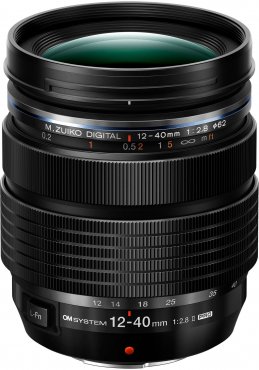
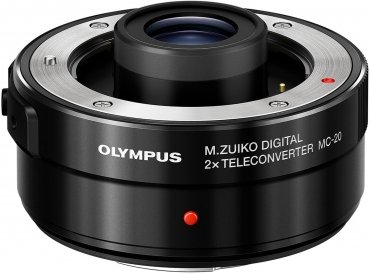
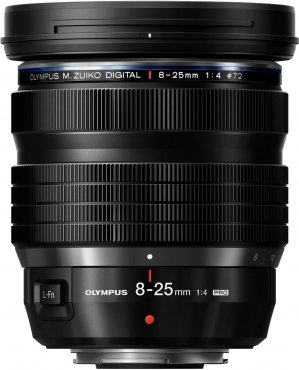

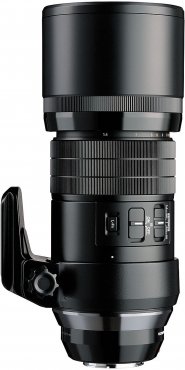
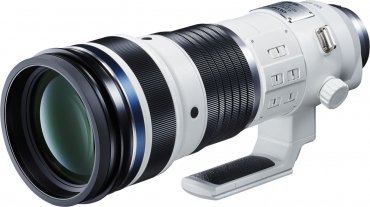
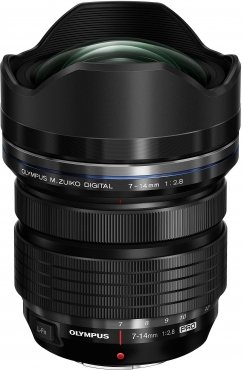
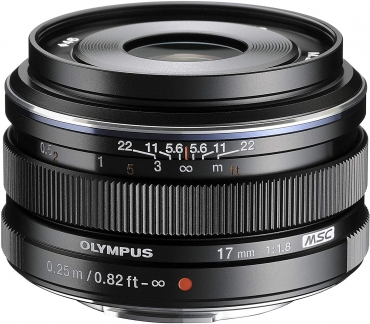
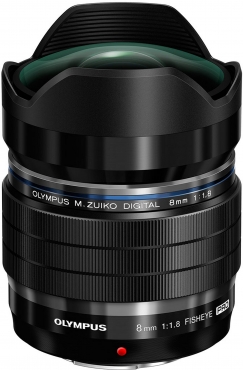
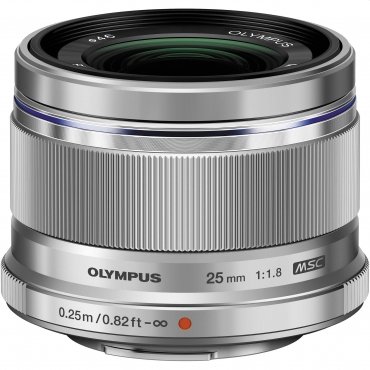
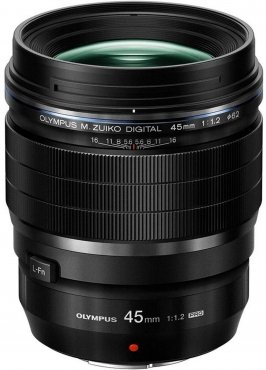
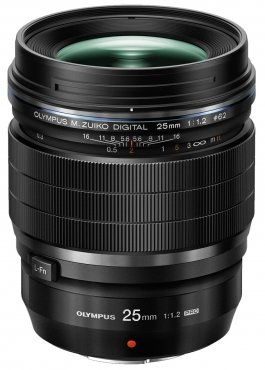
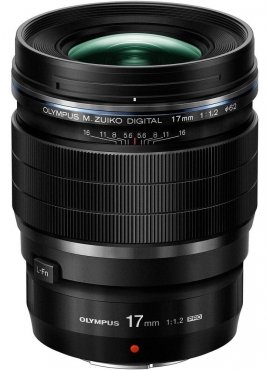
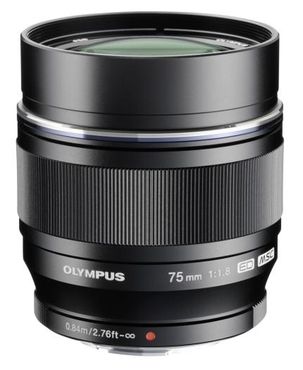
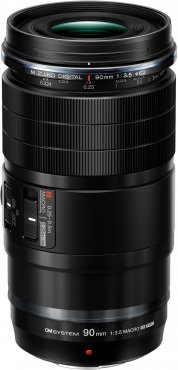
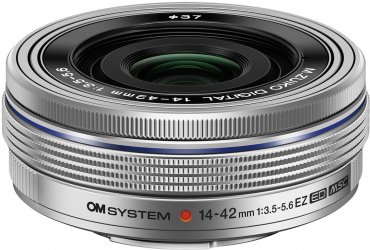
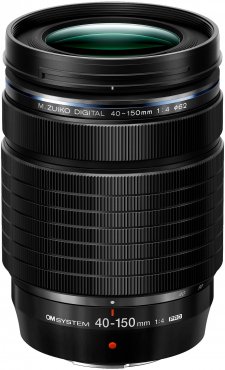
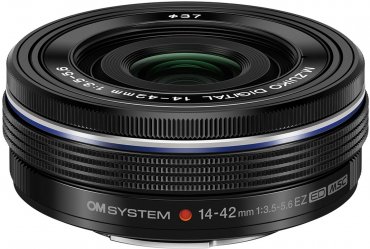
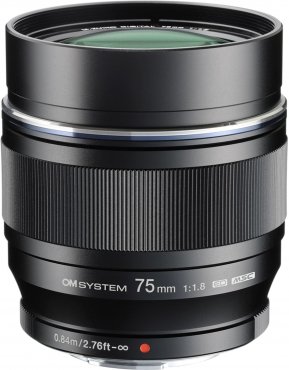

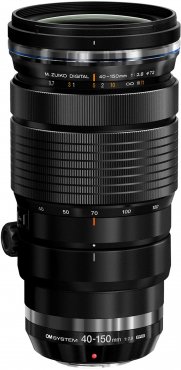
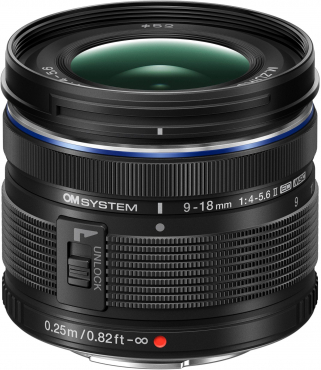
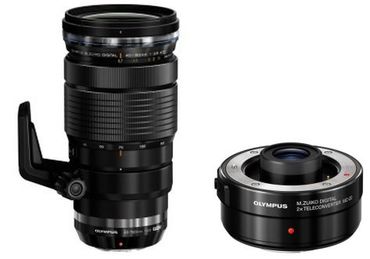
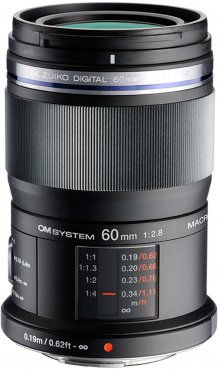
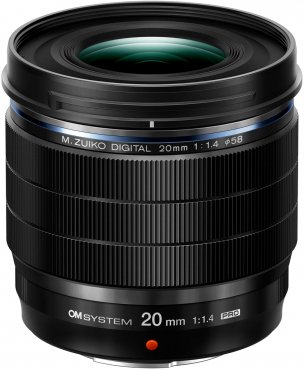

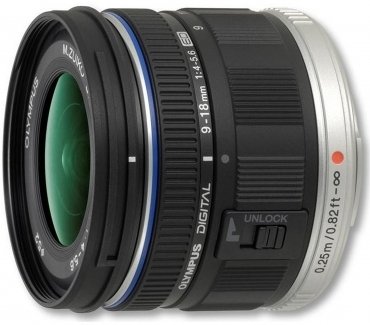
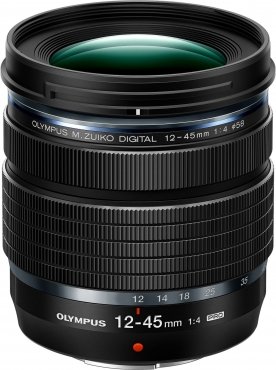
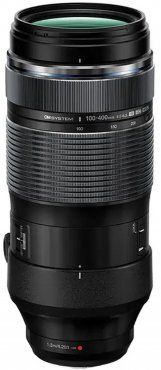
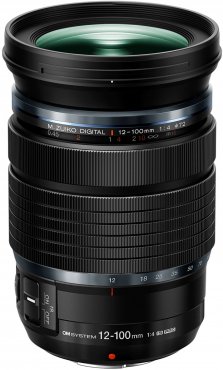
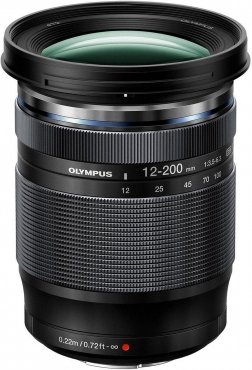
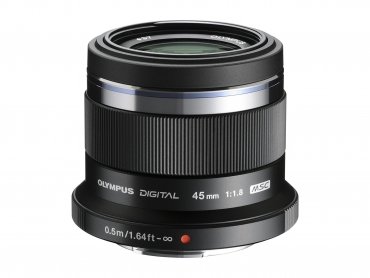
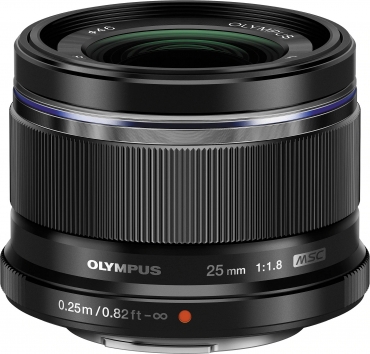

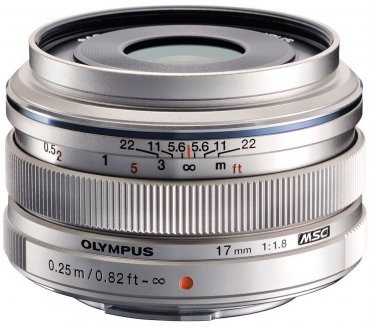
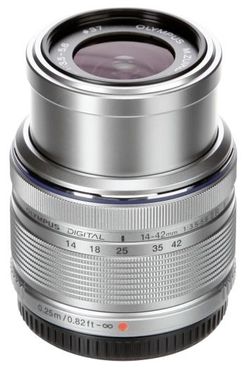
Simply subscribe and benefit as a newsletter recipient every week: